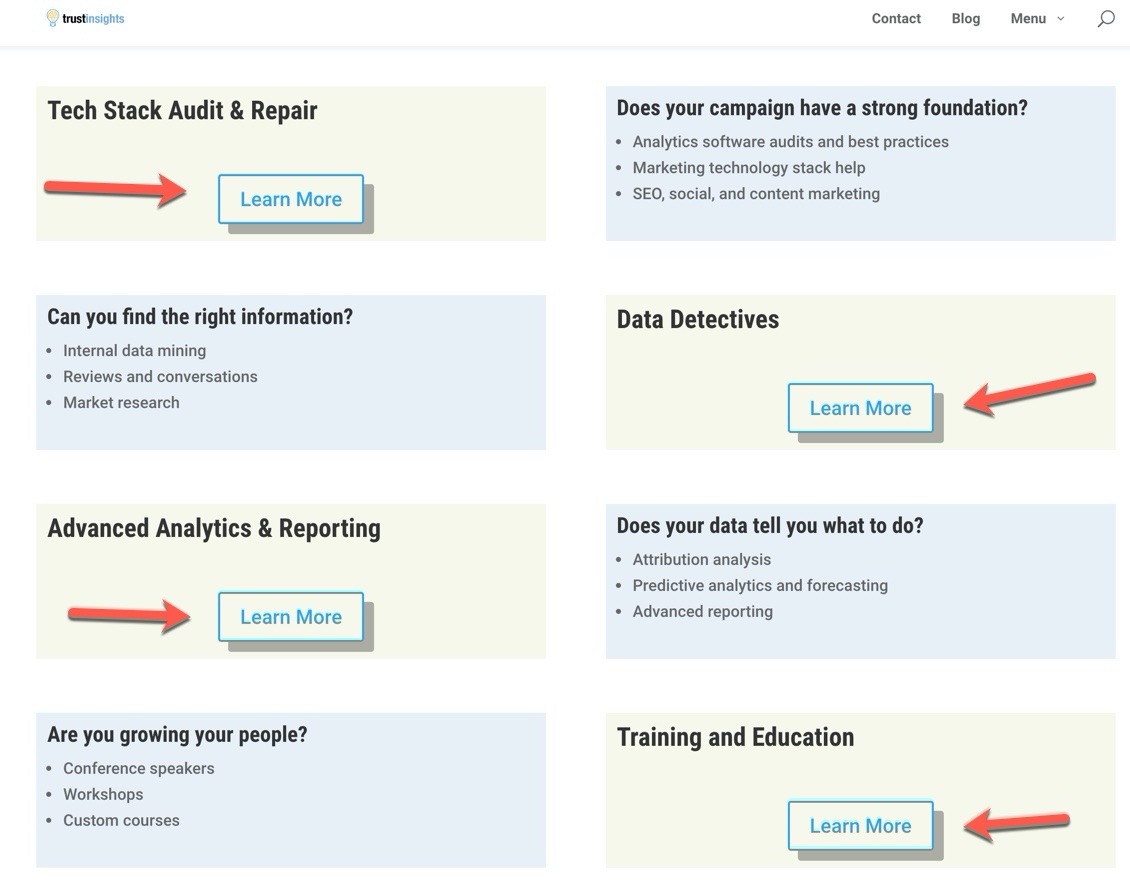It’s that time of year – you’re about to be inundated with blog posts about your 2020 marketing planning. Well, add this one to that list. As you’re building out your 2020 marketing plan, are you thinking about what you’re going to be testing?
What? Why would testing be part of a strategic plan? Because continual testing is how you’ll stay competitive, ensure you’re delivering the best quality content to your audience, and consistently improve your metrics. A/B testing specifically is a methodology that should be included at least once a quarter into your marketing plan.
What is A/B testing?
A/B testing is a randomized experiment with two variants, A and B. It includes the application of statistical hypothesis testing or “two-sample hypothesis testing” as used in the field of statistics. In marketing, it means creating variants of one thing and testing that for a specific period of time to see how your audience reacts to it.
A/B testing is a low-risk way for marketers to experiment with ideas they have before committing to it on the website. A solid marketing plan should include some level of testing. Ideally, you would have testing built in at least once a quarter. The more frequently you’re testing, the more agile you are and can adjust as you learn the preferences of your intended audience.
What can you A/B test?
In digital marketing, you have a lot of options for A/B testing. The four main things you should be testing are headlines/subject lines, offers, images, and CTAs. You can also test your audiences – meaning your content would be the controlled item in your test and your audience would be the experiment.
Trust Insights offers a report called Most Valuable Pages which allows you to see which pages on your website are leading to conversions, and which aren’t. By understanding how the content on your site performs, you have a general plan for where to start testing. You can choose to test the lower performing pages to see if you can improve them, or the higher-performing pages to see if you can continue to increase conversions, Either way, you have a baseline to start from.
For example – this is the Trust Insights homepage, one of our top converting pages. If the homepage of your website isn’t converting for you, you might want to consider a redesign and extensive testing. Since our converts well, we want to test small things to make sure it’s as clear as possible. We have four CTA buttons on that page – so one of the things we could do is to change the language on those buttons from “learn more” to “explore” or “check it out” or “tap here” or “touch here” or “click here” – you get the idea. You can choose whatever language you think makes the most sense for your brand and your audience. Because there are four buttons, you’d want to change the text in all of them when testing, rather than one at a time. Why? You might not be sure if it’s the button language or the service that your audience is interested in. Another test that is valuable to run is if they are the right style. Can people easily find them? Would changing the color of the button make a difference in the number of clicks that it gets?

Now that you have the basics of where to start planning, take a look at your website and jot down some ideas of areas you want to improve and some different assets you’d want to test. You may find that you have CTA buttons that blend in or messaging that out of date. This is a great place to start.
In part two, we’ll cover what additional data you can use to inform your tests, the types of test to run, and where A/B tests go wrong.
|
Need help with your marketing AI and analytics? |
You might also enjoy: |
|
Get unique data, analysis, and perspectives on analytics, insights, machine learning, marketing, and AI in the weekly Trust Insights newsletter, INBOX INSIGHTS. Subscribe now for free; new issues every Wednesday! |
Want to learn more about data, analytics, and insights? Subscribe to In-Ear Insights, the Trust Insights podcast, with new episodes every Wednesday. |






